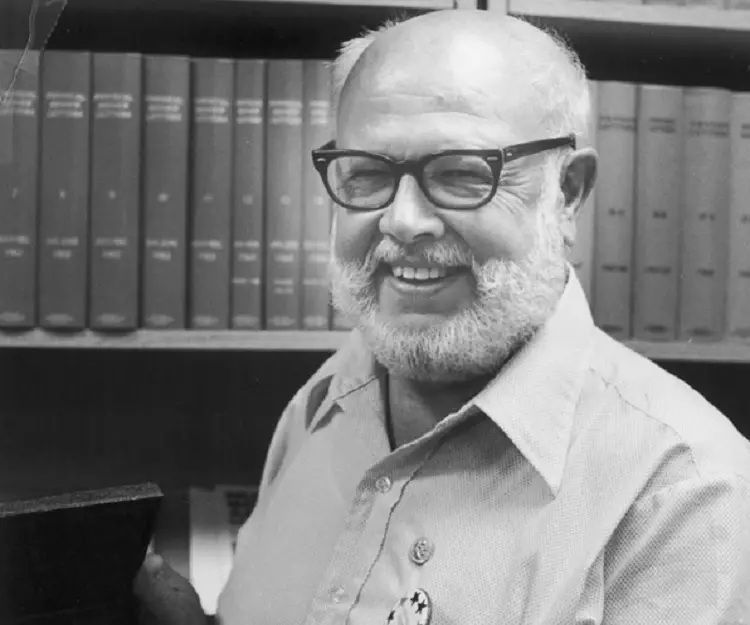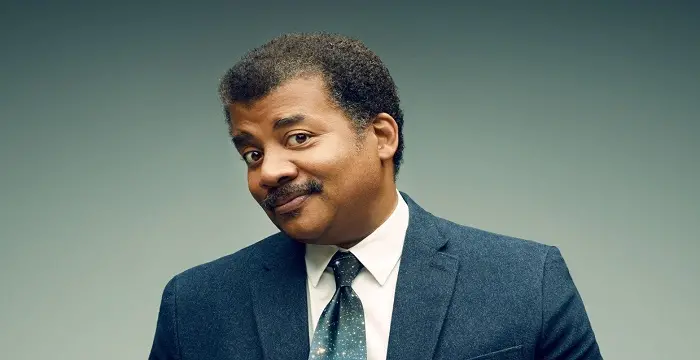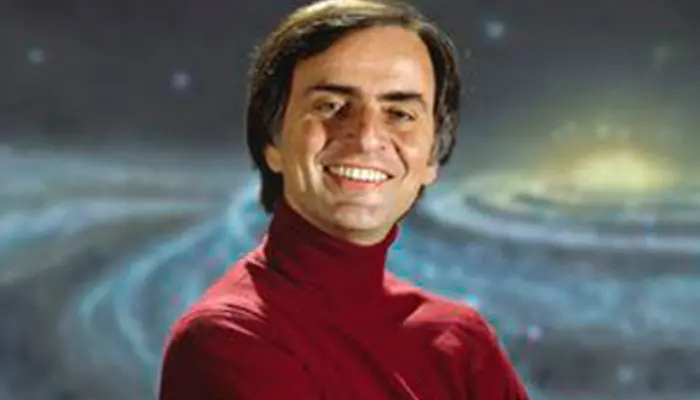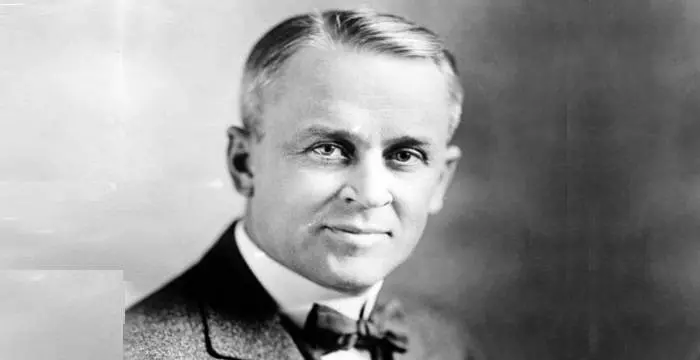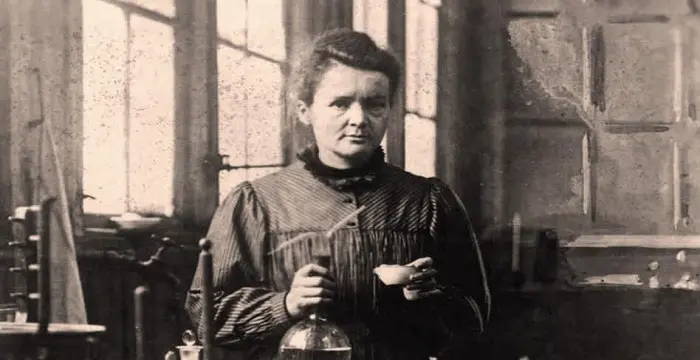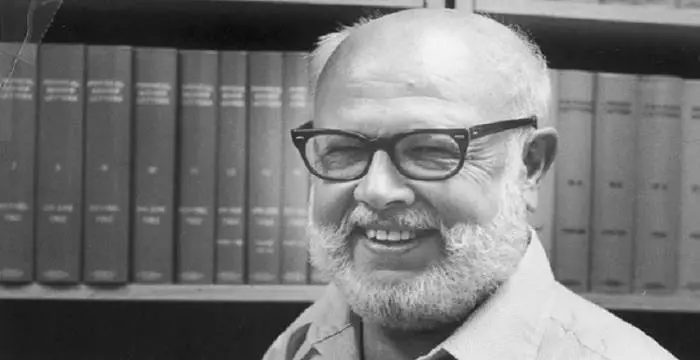
William Alfred Fowler - Astrophysicists, Life Achievements and Facts
William Alfred Fowler's Personal Details
William Alfred Fowler was an American nuclear physicist and astrophysicist who won the Nobel Prize in Physics in 1983,
| Information | Detail |
|---|---|
| Birthday | August 9, 1911 |
| Died on | March 14, 1995 |
| Nationality | American |
| Famous | Ohio State University, Scientists, Physicists, Astrophysicists, Astrophysicists, Nuclear Physicist |
| Known as | William A. Fowler |
| Universities |
|
| Notable Alumnis |
|
| Birth Place | Pittsburgh |
| Gender | Male |
| Sun Sign | Leo |
| Born in | Pittsburgh |
| Famous as | Nuclear Physicist and Astrophysicist |
| Died at Age | 83 |
William Alfred Fowler's photo
Who is William Alfred Fowler?
William Alfred Fowler was an American nuclear physicist and astrophysicist. He and Subrahmanyan Chandrashekhar were the joint winners of the Nobel Prize for Physics 1983. Fowler won the Nobel Prize for his theoretical and experimental studies of the nuclear reactions of importance in the formation of the chemical elements in the universe. He was born in Pittsburgh, Pennsylvania but grew up in Lima, Ohio after his father moved to the latter city after being transferred. Right from his time at high school, he displayed an aptitude for the sciences and engineering. He took admission at the Ohio State University with the intention to study ceramic engineering but his growing interest in physics made him change his mind and he graduated in engineering physics. Subsequently, he studied at the elite California Institute of Technology, from where he was awarded his Ph.D. and was associated with the institute for the major part of his academic career. He served as an assistant professor and then as a full professor at the California Institute of Technology and also served the army in a non military role during the Second World War.
Childhood & Early Life
William Alfred Fowler was born in Pittsburgh in Pennsylvania, United States on 9 August 1911, to John Macleod Fowler and his wife Jenni Summers Watson Fowler. His father was employed in the capacity of an accountant. William had a younger brother and a younger sister.
He grew up in the city of Lima in Ohio since the family had moved following his father’s transfer. Initially, he studied at the Horace Mann Grade School and later on went on to graduate from Lima Central High School in 1929. In school, he showed an early interest in the sciences and engineering.
After graduating from high school, he took admission to the Ohio State University to study ceramic engineering. However, his interest in physics made him switch to engineering physics. Following his graduation from Ohio State University in 1933, he went to California Institute of Technology for his post graduate education. He received his doctorate in 1936 from the same institute in nuclear physics.
Career
After attaining his doctorate from the California Institute of Technology, William Alfred Fowler was appointed as an assistant professor at the institute in 1939 and during that period he was engaged in in studying the nuclear reactions of the protons of carbon and nitrogen isotopes. The experiments commence following the discovery of CN cycle by Hans Bethe.
When the Second World War was in full swing, the Kellogg Laboratory at the California Institute of Technology was given away for defence research. In fact, in 1944, Fowler was sent to the South Pacific to assist the American forces and he stayed there in a non military capacity for three months. Two years later, he was appointed as a full professor by the California Institute of Technology.
He spent the better part of the 1950s in research related to experimental physics and one of his most celebrated work was the paper ‘Synthesis of the Elements in Stars’ which he co-authored with Fred Hoyle, Margaret Burbidge and Geoffrey Burbidge. The paper was published in the year 1957 and suggested that the process of synthesis of elements in stars starts from lighter elements.
Subsequently, he became the director of the Kellogg Laboratory at the California Institute of Technology. Other than his work on element generation, he was also involved in research related to the field of radio astronomy, with Fred Hoyle at the Institute of Theoretical Physics, established in 1966, at the University of Cambridge. He continued to work at Kellogg Laboratory simultaneously.
The most important work in his life as a scientist was achieved when he conducted a long drawn out study on nuclear reactions and elemental generation at the Kellogg Laboratory at the California Institute of Technology. His theories on elemental generation won him the Nobel Prize in 1983, which he shared with Subrahmanyan Chandrashekhar who had conducted an independent study on the same subject.
Major Works
His most significant work was his theoretical and experimental studies of the nuclear reactions of importance in the formation of the chemical elements in the universe"..
Awards & Achievements
He was awarded the Barnard Medal for Meritorious Service to Science in 1965.
In 1973, he was awarded the Vetlesen Prize.
He was awarded the National Medal of Science in 1974.
In 1983, he shared the Nobel Prize in Physics with Subramanyan Chandrasekhar. Fowler was awarded "for his theoretical and experimental studies of the nuclear reactions of importance in the formation of the chemical elements in the universe".
Personal Life & Legacy
He got married to Adriane Foy Olmsted on 24 August 1940. The couple had two daughters, named, Mary and Martha.
William Alfred Fowler died on 14 March 1995 due to kidney failure in Pasadena, California, at the age of 83.
// Famous Astrophysicists
Neil deGrasse Tyson
Neil deGrasse Tyson is an eminent astrophysicist and a popular science communicator. This biography of Neil deGrasse Tyson provides detailed information about his childhood, life, achievements, works & timeline.
J. Allen Hynek
Josef Allen Hynek was an American astronomer and ufologist. This biography of Josef Allen Hynek provides detailed information about his childhood, life, achievements, works & timeline.
Carl Sagan
Carl Sagan was an American astronomer, astrophysicist, cosmology expert and author. This biography profiles his childhood, family life, facts, career, achievements and timeline.
William Alfred Fowler's awards
| Year | Name | Award |
|---|---|---|
Other | ||
| 1915 | Gold Medal of the Royal Astronomical Society | |
| 1954 | Guggenheim Fellowship for Natural Sciences | |
| 0 | US & Canada | |
| 1978 | Eddington Medal | |
| 1970 | Tom W. Bonner Prize in Nuclear Physics | |
| 1975 | National Medal of Science for Physical Science | |
| 0 | 1983 - Nobel Prize in Physics | |
| 0 | 1979 - Bruce Medal | |
| 0 | 1974 - National Medal of Science | |
William Alfred Fowler biography timelines
- // 9th Aug 1911William Alfred Fowler was born in Pittsburgh in Pennsylvania, United States on 9 August 1911, to John Macleod Fowler and his wife Jenni Summers Watson Fowler. His father was employed in the capacity of an accountant. William had a younger brother and a younger sister.
- // 1929He grew up in the city of Lima in Ohio since the family had moved following his father’s transfer. Initially, he studied at the Horace Mann Grade School and later on went on to graduate from Lima Central High School in 1929. In school, he showed an early interest in the sciences and engineering.
- // 1933 To 1936After graduating from high school, he took admission to the Ohio State University to study ceramic engineering. However, his interest in physics made him switch to engineering physics. Following his graduation from Ohio State University in 1933, he went to California Institute of Technology for his post graduate education. He received his doctorate in 1936 from the same institute in nuclear physics.
- // 1939After attaining his doctorate from the California Institute of Technology, William Alfred Fowler was appointed as an assistant professor at the institute in 1939 and during that period he was engaged in in studying the nuclear reactions of the protons of carbon and nitrogen isotopes. The experiments commence following the discovery of CN cycle by Hans Bethe.
- // 24th Aug 1940He got married to Adriane Foy Olmsted on 24 August 1940. The couple had two daughters, named, Mary and Martha.
- // 1944When the Second World War was in full swing, the Kellogg Laboratory at the California Institute of Technology was given away for defence research. In fact, in 1944, Fowler was sent to the South Pacific to assist the American forces and he stayed there in a non military capacity for three months. Two years later, he was appointed as a full professor by the California Institute of Technology.
- // 1957He spent the better part of the 1950s in research related to experimental physics and one of his most celebrated work was the paper ‘Synthesis of the Elements in Stars’ which he co-authored with Fred Hoyle, Margaret Burbidge and Geoffrey Burbidge. The paper was published in the year 1957 and suggested that the process of synthesis of elements in stars starts from lighter elements.
- // 1965He was awarded the Barnard Medal for Meritorious Service to Science in 1965.
- // 1966Subsequently, he became the director of the Kellogg Laboratory at the California Institute of Technology. Other than his work on element generation, he was also involved in research related to the field of radio astronomy, with Fred Hoyle at the Institute of Theoretical Physics, established in 1966, at the University of Cambridge. He continued to work at Kellogg Laboratory simultaneously.
- // 1973In 1973, he was awarded the Vetlesen Prize.
- // 1974He was awarded the National Medal of Science in 1974.
- // 1983The most important work in his life as a scientist was achieved when he conducted a long drawn out study on nuclear reactions and elemental generation at the Kellogg Laboratory at the California Institute of Technology. His theories on elemental generation won him the Nobel Prize in 1983, which he shared with Subrahmanyan Chandrashekhar who had conducted an independent study on the same subject.
- // 1983In 1983, he shared the Nobel Prize in Physics with Subramanyan Chandrasekhar. Fowler was awarded "for his theoretical and experimental studies of the nuclear reactions of importance in the formation of the chemical elements in the universe".
- // 14th Mar 1995William Alfred Fowler died on 14 March 1995 due to kidney failure in Pasadena, California, at the age of 83.
// Famous Physicists
Henry Cavendish
Henry Cavendish was a theoretical chemist and physicist, renowned for discovery of hydrogen and calculation of the mass of earth. To know more about his childhood, profile, timeline and career read on
Walter Kohn
Nobel Laureate Walter Kohn was an Austrian-born American theoretical chemist and physicist. Check out this biography to know about his childhood, life, achievements, works & timeline.
Nikola Tesla
Nikola Tesla was a Serbian-American inventor, best known for his development of alternating current electrical systems. This biography of Nikola Tesla provides detailed information about his childhood, life, achievements, works & timeline.
Robert Andrews Millikan
Robert Andrews Millikan was an eminent American experimental physicist who won the Nobel Prize for Physics in 1923 for his work on photoelectric effect. Check out this biography to know about his childhood, life, achievements, works & timeline.
Isaac Newton
Isaac Newton was an English scientist and mathematician, who discovered gravitation and Newtonian Mechanics. Read this biography to find more on his life.
Marie Curie
Marie Curie was a Physicist and Chemist, who was world renowned for her work on radioactivity. She also was the winner of two Nobel Prize. Read this biography to get info about her life and profile.
William Alfred Fowler's FAQ
What is William Alfred Fowler birthday?
William Alfred Fowler was born at 1911-08-09
When was William Alfred Fowler died?
William Alfred Fowler was died at 1995-03-14
Where was William Alfred Fowler died?
William Alfred Fowler was died in Pasadena
Which age was William Alfred Fowler died?
William Alfred Fowler was died at age 83
Where is William Alfred Fowler's birth place?
William Alfred Fowler was born in Pittsburgh
What is William Alfred Fowler nationalities?
William Alfred Fowler's nationalities is American
What was William Alfred Fowler universities?
William Alfred Fowler studied at Ohio State University, 1936 - California Institute of Technology, Ohio State University
What was William Alfred Fowler notable alumnis?
William Alfred Fowler's notable alumnis is Ohio State University
What is William Alfred Fowler's sun sign?
William Alfred Fowler is Leo
How famous is William Alfred Fowler?
William Alfred Fowler is famouse as Nuclear Physicist and Astrophysicist
